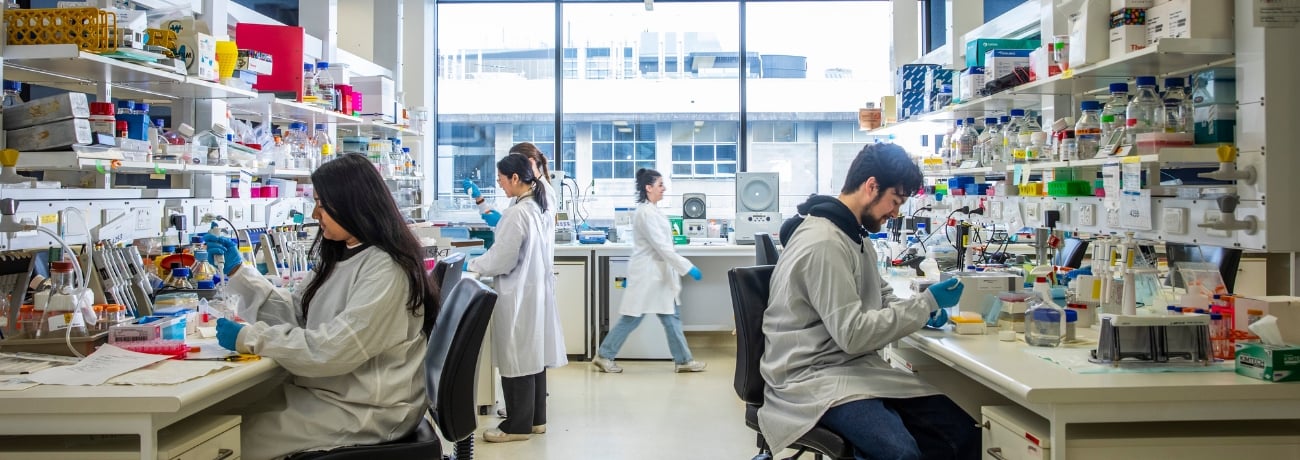Research projects
At The Florey we research a broad range of topics. We aim to advance brain research on all frontiers – from fundamental research, to drug discovery and clinical work. Explore our scientists’ remarkable work over 200+ projects.

Research projects
-
A brain in a dish
This project will develop a human model of myelin damage and repair to identify candidates for clinical trial of remyelinating therapies.
Learn more -
A network of sites and ‘up-skilled’ therapists to deliver best-practice stroke rehabilitation of the upper limb
Our partnership of clinicians, health providers, consumers, researchers aims to increase access to stroke rehabilitation of the arm and hand.
Learn moreSeeking participantsAccepting students -
A new chemogenetic method that enables functional neural circuit analysis
This research works to understand neural circuits in the brain that control behaviour and physiology using chemogenetic methodology.
Learn moreAccepting students -
A novel treatment for alcohol and nicotine addiction
Through this project we have identified an ion channel that is expressed on select neurons in reward-related brain areas that modulates alcohol intake.
Learn moreAccepting students -
A two-hit hypothesis of neurodevelopmental disorders: exploring BDNF val66met polymorphism and environmental prenatal exposures
In this project we investigate the interaction between genetic risk and adverse prenatal exposure on behavioural outcomes in adulthood.
Learn moreAccepting students
